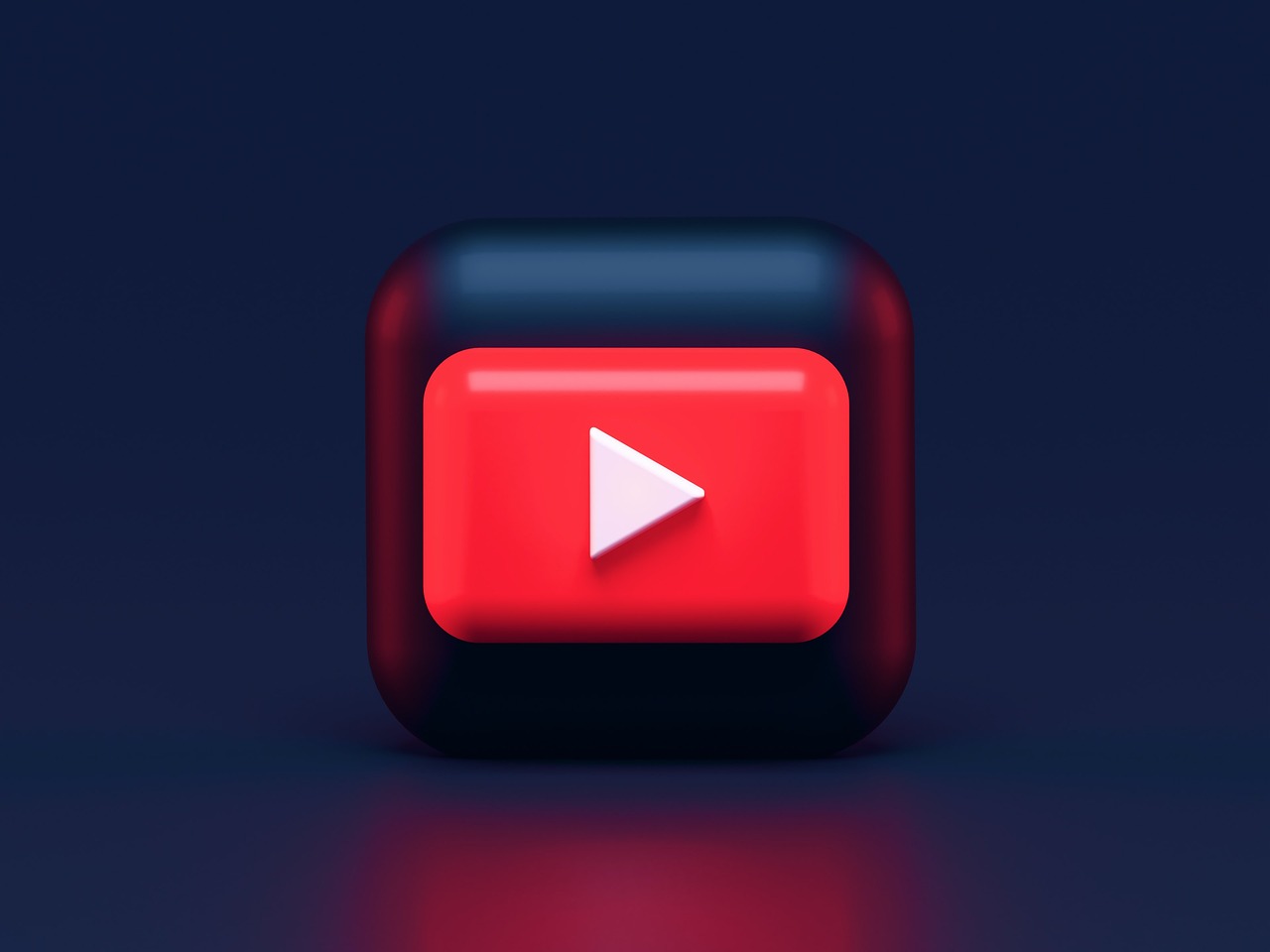
YouTube has become a platform where creators can share their content, engage with audiences, and potentially earn a significant income. However, many aspiring YouTubers wonder when they can start making money from their channels. In this blog post, we will explore the journey to YouTube monetization and shed light on the various factors that come into play.
1. Eligibility for the YouTube Partner Program
To begin monetizing your YouTube channel, you need to meet certain eligibility requirements set by the YouTube Partner Program (YPP). As of the latest guidelines, your channel must have:
+ At least 500 subscribers (this was recently changed from 1,000 subscribers)
+ A total of 4,000 watch hours within the past 12 months
+ Compliance with YouTube’s policies and guidelines
It’s important to note that these requirements are subject to change, so it’s advisable to stay updated with the latest guidelines.
2. Ad Revenue and Google AdSense
Once you meet the eligibility criteria and join the YouTube Partner Program, you can start earning money through ad revenue. YouTube displays ads on videos that are eligible for monetization, and creators earn a share of the revenue generated from those ads. The exact amount varies depending on factors such as the ad format, viewer engagement, and the advertiser’s budget.
To receive payments, you need to set up a Google AdSense account and link it to your YouTube channel. AdSense handles the monetization process and ensures that you receive your earnings.
3. Other Monetization Opportunities
While ad revenue is the primary source of income for many YouTubers, there are additional ways to monetize your channel:
+ Channel Memberships: Once you reach 30,000 subscribers, you can offer channel memberships to your audience. This feature allows subscribers to access exclusive perks in exchange for a monthly fee.
+ Super Chat and Super Stickers: Live streaming on YouTube enables creators to interact with viewers in real-time. Super Chat and Super Stickers allow fans to make monetary donations during live streams, providing an additional avenue for earning money.
+ Sponsored Content and Brand Deals: As your channel grows, you may attract attention from brands or receive offers for sponsored content. These collaborations can provide substantial income opportunities, but it’s crucial to maintain transparency and authenticity with your audience.
4. Building a Strong and Engaged Community
While meeting the requirements for monetization is essential, it’s equally important to focus on building a strong and engaged community. Creating high-quality content, engaging with your audience through comments and social media, and consistently uploading videos will help you grow your subscriber base and increase your chances of earning money.
Conclusion
The journey to monetization on YouTube requires dedication, patience, and a focus on creating valuable content. Once you meet the eligibility criteria for the YouTube Partner Program, you can start earning money through ad revenue. However, it’s important to remember that ad revenue is just one aspect of monetization. As your channel grows, you can explore additional opportunities such as channel memberships, live stream donations, and brand collaborations. Ultimately, building a loyal and engaged community will be the key to long-term success on YouTube. So, keep creating, connecting, and refining your content, and you’ll be on your way to making money on YouTube.

Victoria is a content writer with a passion for providing well-researched information and wide-ranging resources that help people overcome professional and personal obstacles.





